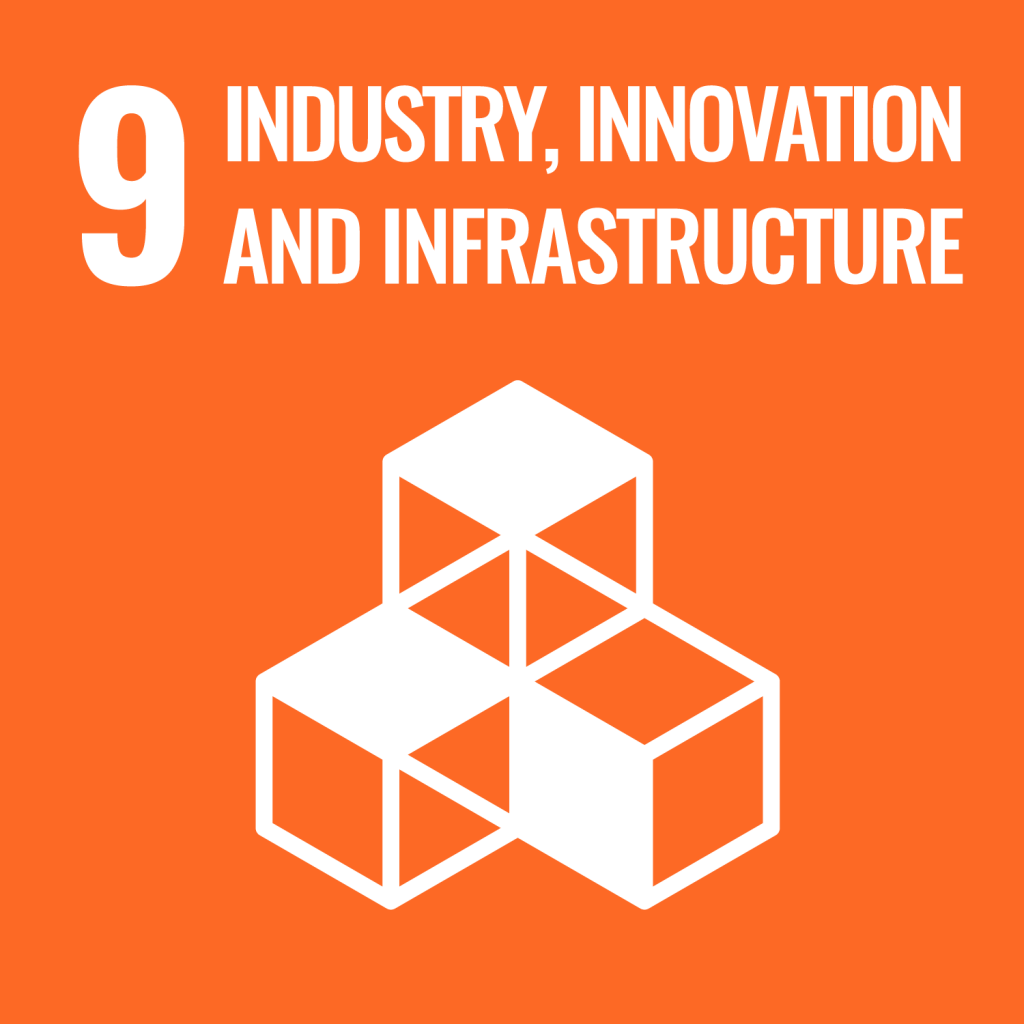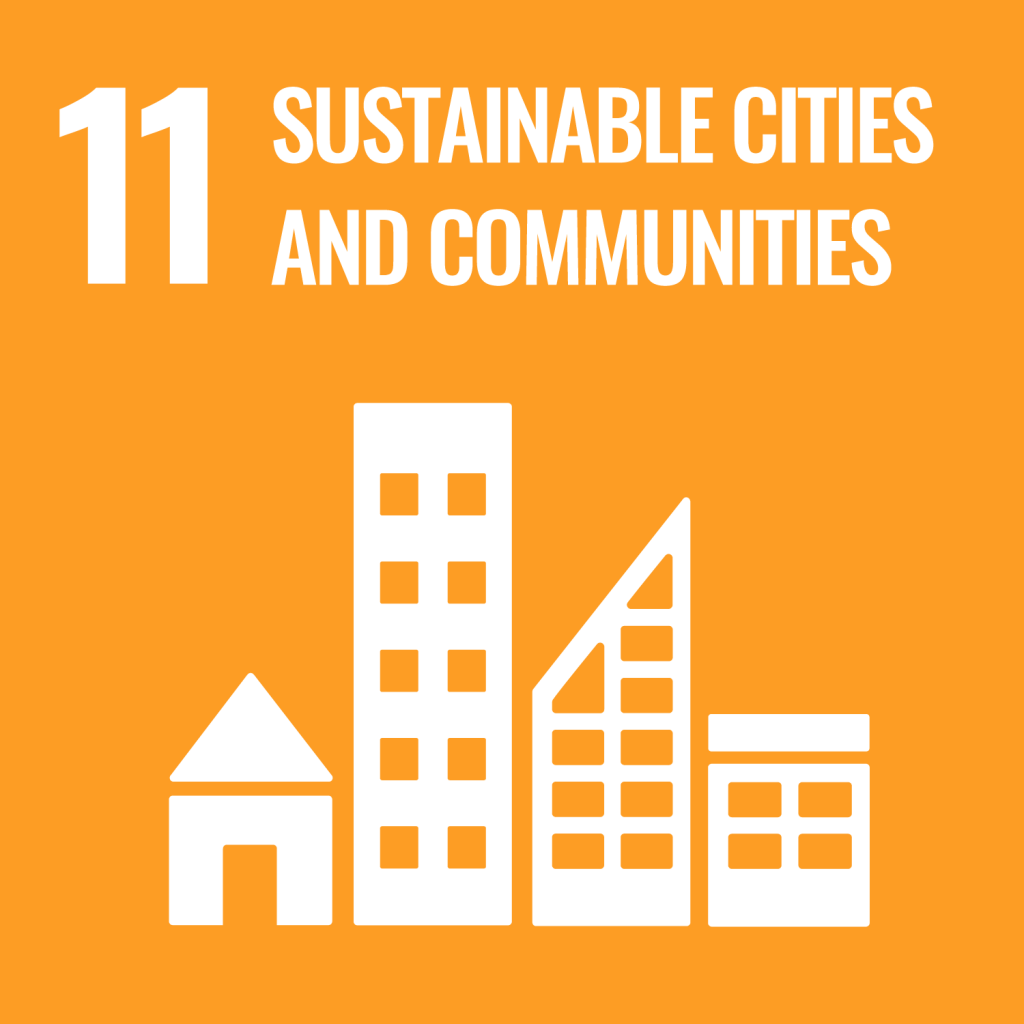Aims of this Project
Goals as a international collaborative research project
The purpose of this project is to implement the “Sukhumvit model”, a model for realizing the “Smart Transportation Strategy”, in the future urban transportation plan of Bangkok Metropolitan Administration, one of the representative capitals of Asian megacities.
This research aims to eliminate traffic congestion in large cities in emerging Asian countries, and to simultaneously achieve the low-carbon society and the improvement of people’s quality of life that Thailand 4.0 aims for. In addition, we will develop a “smart transportation integrated strategy method” that anticipates changes in people’s values and brings about favorable transportation behaviors and lifestyle changes through cyber-space support that fully utilizes ICT. The project will build a “smart transportation integrated strategic approach” that will bring about favorable transportation behavior and lifestyle changes in anticipation of changes in people’s values. We will try to implement a concrete and feasible transportation system as the “Sukhumvit Model” for a street along Sukhumvit Road in the center of Bangkok, and apply it to future urban transportation planning in Bangkok. This research will also contribute to the spread of the Leapfrog Growth Strategy Path in developing countries.
This research will enable us to empirically verify the effectiveness of the leapfrog growth strategy, which has not been possible in developed countries, as well as to construct a method for evaluating urban transportation based on quality of life (QOL), and to develop a method for applying big data to urban transportation. The project is also expected to produce results in the following areas In addition, as a contribution to science and technology policy, we will present one of the value-creating initiatives in the Fifth Science and Technology Basic Plan, “Realization of a World-Leading “Super-Smart Society” (Society 5.0),” in particular the advanced integration of cyberspace and physical space (real society) in the transportation sector. This is one of the ways in which cyberspace and physical space (real world) can be highly integrated, especially in the transportation sector. Furthermore, by proposing an infrastructure package that anticipates the direction of economic growth strategies of Asian countries, we will promote the export of system packages and create new global businesses originating from Japan. In this way, Japan is expected to turn its status as a country with advanced issues such as low birthrate and aging population, energy and other constraints, and natural disaster risks into an advantage.
Outcome targets
- To develop an urban transportation vision, “Smart Transportation Strategy,” that simultaneously improves the quality of life of citizens and low-carbon society, and to develop an evaluation method for the package of measures to achieve this vision.
- Apply this evaluation method and propose a concrete and feasible policy package “Sukhumvit Model” for the districts along Sukhumvit Road.
In order to achieve the above goals, this research will be promoted by four research groups, each headed by an outstanding practicing researcher, and the social implementation will be developed for Sukhumvit Road and its 20km-long roadside districts where the BTS (Skytrain) is installed. The project aims to realize the “Sukhumvit Model”, the next generation transportation strategy, and to verify the effects and build a business model. Furthermore, the project aims to position the “Integrated Smart Transportation Strategy” as a concrete engine to promote the “Thailand 4.0” growth strategy currently being promoted by the Thai government in a sound and concrete manner, and to make recommendations on how to implement this strategy. The target outcomes for each group are as follows
Research Group 1: Propose a leapfrog urban design that integrates land use and transportation
Research Group 2: Propose a smart transportation and urban district design that improves access to public transportation and realizes “Street for all
Research Group 3: Development of a multi-scale evaluation method for urban policy based on residents’ quality of life
Research Group 4: Implementation of an integrated visualization and decision support system using a digital earth system
Contribution to SDGs
The results of this research will contribute to the achievement of “Goal 11: Realize inclusive, safe, resilient and sustainable cities and human settlements” of the SDGs. In addition, by establishing a system to evaluate the effects of these policies from the perspective of quality of life (QOL) by measuring the attributes and location (500m mesh) of citizens, we can show the feasibility of safe, comfortable, and affordable housing and urban/transportation services to prevent floods and other disasters, and develop infrastructure plans that focus on the well-being of citizens (QOL). Target 11.1), which will force reforms to the framework of infrastructure planning (road/rail combination, access to commuting, shopping, hospitals, etc.) that focuses on the well-being of citizens.
In addition, Group 2’s implementation of SSVs (Smart Small Vehicles) and their dispatch systems will improve the convenience of public transportation by linking public transportation and their feeder services, and further develop a transportation system that is low-carbon, sustainable, and improves quality of life by increasing access to commuting, hospitals, shopping, etc. This will lead to a further shift to a low-carbon, sustainable transportation system that improves quality of life by increasing access to commuting, hospitals, shopping, etc. (Target 11.2). We will also demonstrate the feasibility of a model that promotes sustainable urbanization by significantly reducing the occurrence of automobile traffic congestion that countries experience during their rapid economic growth and urbanization phases through the introduction of advanced signal control and behavior support systems (Target 11.3). In addition, through these efforts, we will build high-quality, reliable, and sustainable infrastructure models, and at the same time, promote innovation in infrastructure models, which will ultimately contribute to (Goal 9.) “building resilient infrastructure, promoting inclusive and sustainable industrialization, and promoting innovation. As a result, the project is expected to contribute to (Goal 9.) “building resilient infrastructure, promoting inclusive and sustainable industrialization, and promoting innovation.

